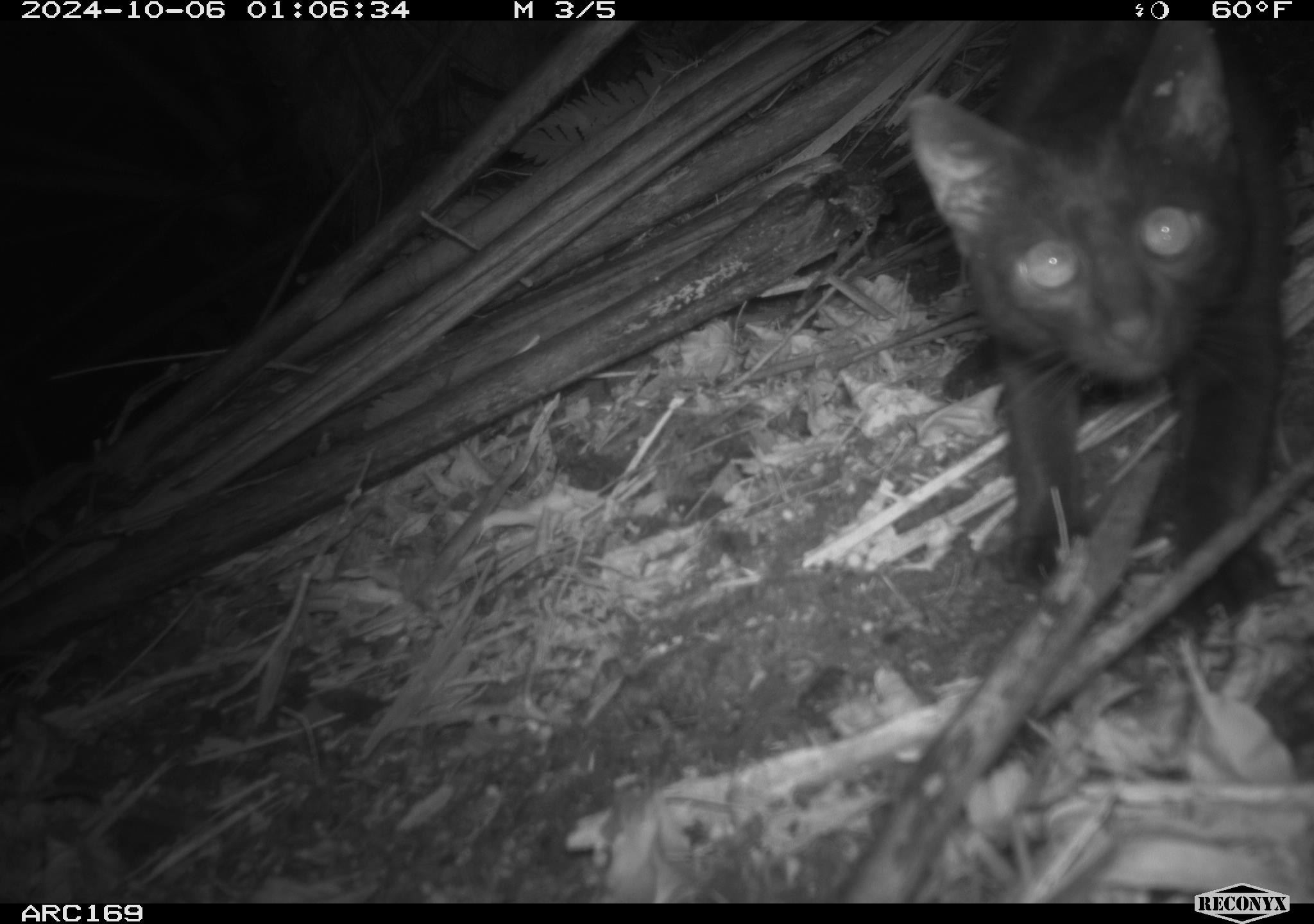Petrel Monitoring Reveals suspicious subjects
Petrels, and not the petrol that you put in your car, are in fact a medium sized seabird known for spending the majority of their lives out at sea. They are A class fishing birds who skim over the waves with sharp turns in search of their next fishy feast.
The only time you would see a petrel on land is for nesting purposes. Their presence on land has watershed benefits, where petrels and other seabirds bring new nutrients to these hard to reach vegetated sites through their poop! Nutrients that can support the growth of native bush, helping conserve a unique ecosystem that is home to native and endemic species. A typical nesting option for a petrel includes hidden spots amongst the tangle fern Tuanu’e. Other nesting sites includes burrows carved out by the petrels' sharp beak below old trees.
Petrels are at risk from habitat loss, and also from predators that sniff out their nests and eat eggs and young chicks (yes, petrel sniffers!). In an attempt to better understand whether petrels seen flying around Rarotonga’s waters are nesting on land, monitoring cameras and acoustic recorders have been deployed within the Takuvaine Area for the past few months.
Signs of petrel activity on land have been observed with petrels seen circling above the inland mountain rangers and a nesting burrow found, showing scratch marks around the opening where a petrel would have used its beak to move in and out of. Unfortunately within the same area, two dead petrels were also found with signs of having been attacked by predators.
Since this finding, motion-censored cameras have been set up around the burrow to determine whether the nest was still active, and what other species might be present within this area. Data downloaded from the burrow camera revealed no petrel activity, but evidence of rats and one or two different cats that frequently visited the burrow day and night. A predator species that would have been an unfair match for an unexpecting ground nesting seabird.
The return of more ground nesting native birds like the petrel, the drive and interest of landowners will be required. There will need to be tighter controls on roaming threats like household pets or wild cats. dogs and pigs within these inland forested areas. These controls could include measures anywhere from educational programmes to strengthen awareness around being responsible pet owners who feed their pets well at home, so they don't go in search of food elsewhere. Along with keeping dogs fenced in or tied up and keeping cats inside to restrict their predatory encounters with native wildlife. Additional conservation ideas could also look at the use of establishing artificial burrows and petrel calls being amplified from within the Takitumu Conservation Area to attract nesting petrels to the already well-established pest controlled community-managed site. We would also like to extend monitoring and conservation strategies to the pa enua, where petrels have also been seen flying around the islands
Petrels play an important role connecting sea to land with their nutrient transfer. They are also a good indication of a healthy ocean with fish stock being present. By bringing more attention to these petrels found in the Cook islands we hope to encourage their continued presence through the possibilities of pest management systems, as well as ensuring that we maintain their natural nesting habitats in the years to come.

